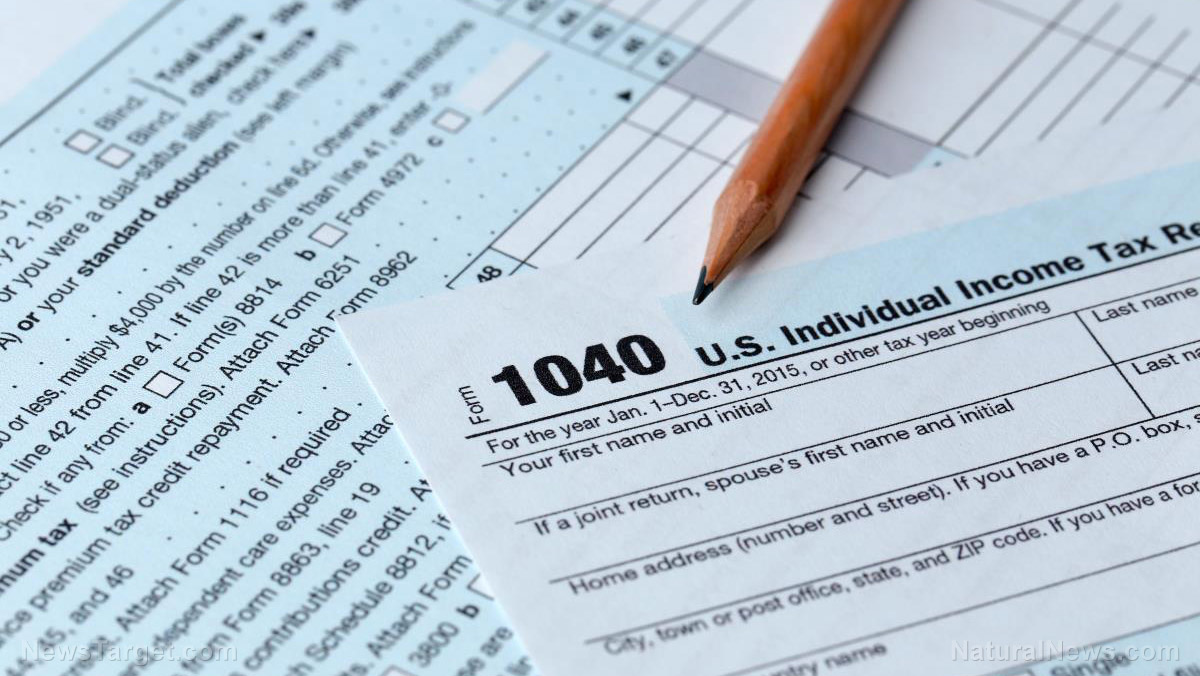A troubling turn in the job market: A mere 22,000 jobs added as U.S. economy shudders
09/08/2025 / By Willow Tohi

- Only 22,000 jobs were added in August, compared to 75,000 expected.
- The unemployment rate climbed to 4.3%, the highest since October 2021.
- June and July payrolls were revised down by 21,000 jobs, with June experiencing actual job losses.
- Full-time jobs fell by 357,000 while part-time jobs increased by 597,000.
- The Fed could cut interest rates, likely by 25 or 50 basis points, amid signs of a cooling job market.
As the U.S. economy teeters on the brink of a slowdown, the latest jobs report has delivered a grim testament to the nation’s economic health. Released on September 5, 2025, the Bureau of Labor Statistics (BLS) reported an abysmal 22,000 nonfarm payrolls added in August—far below the anticipated 75,000 jobs. This figure, coupled with an unemployment rate inching up to 4.3%, paints a picture of a labor market in distress. The report, the first under the new BLS leadership appointed by President Donald Trump, raises questions about the true state of the economy and the reliability of government figures.
Job losses masked by part-time gains
While the report presents a veneer of stability with 22,000 jobs added, a closer examination reveals a stark reality. The June and July job reports were revised downward, with June shedding 13,000 jobs. This brings the net job gain over the past three months to just 29,000, a far cry from the robust growth seen in previous reports. The shift toward part-time employment is particularly alarming: full-time jobs dropped by 357,000, while part-time jobs surged by 597,000. This trend underscores the increasing pressure on workers to take on multiple jobs merely to cover basic expenses, a consequence of rising inflation and soaring living costs.
Economic divide worsens
The job loss numbers do not tell the whole story. The participation rate, which measures the percentage of the population either employed or actively seeking work, remained steady at 62.3%. However, within this seemingly stable metric lies a growing disparity. The number of native-born workers fell by 561,000 in August, the largest monthly decline since August 2024. Simultaneously, the number of foreign-born workers increased by 50,000, marking the first such rise since March. This shift highlights the twin pressures of economic stagnation and demographic changes, exacerbating inequality.
Additionally, the underemployment rate, as measured by U6, rose to 8.1%, the highest since October 2021. This includes individuals working part-time for economic reasons and those who have given up looking for work. The long-term unemployed accounted for 25.7% of the total unemployed, with those jobless for over 27 weeks increasing by 385,000 compared to the previous year. These figures paint a sobering picture of a labor market grappling with systemic issues that extend beyond headline numbers.
Sectoral shifts and policy implications
The job report highlights sectoral shifts that exacerbate the economic challenges. Health care remained the only major industry to show modest gains, adding 31,000 jobs in August. Federal government employment continued its decline, shedding 15,000 jobs—an indicator of ongoing budget cuts and policy-driven reductions. Manufacturing also saw a slight decline, with transportation equipment manufacturing particularly affected by strike activity. Retail and construction sectors have also experienced job reductions, signaling broader declines in industries critical to economic growth.
The Federal Reserve, facing these troubling trends, is likely to consider cutting interest rates by 25 or 50 basis points in September, a move that could provide some relief to the struggling economy. However, the efficacy of such interventions remains uncertain, given the deep-rooted issues affecting the job market.
The broader context: Economic policy and uncertainty
The economic challenges facing the U.S. go beyond cyclical factors. President Trump’s policies, including his aggressive trade wars and protectionist measures, have created uncertainty that dampens business confidence and investment. Eleven interest rate hikes by the Federal Reserve in 2022 and 2023 have further tightened the financial landscape, contributing to the current slowdown. Moreover, the appointment of Dr. E.J. Antoni to lead the BLS introduces questions about the independence and objectivity of economic reporting under a conservative administration.
A labor market in need of real change
The August jobs report underscores the pressing need for policymakers to address the fundamental issues plaguing the U.S. economy. Amidst the veneer of stability, the true picture reveals a labor market in distress, characterized by job losses, rising unemployment and a growing reliance on part-time and multiple jobs. While government officials and economists mull over rate cuts, the country requires more than short-term fixes. A path toward real economic growth requires addressing inflation, enhancing worker protections and fostering an environment that encourages sustainable job creation. As the U.S. continues to navigate these challenges, the resilience of its economy will be tested.
Sources for this article include:
Submit a correction >>
Tagged Under:
big government, BLS, Collapse, debt collapse, dollar demise, economy, Inflation, job market, market crash, money supply, pensions, risk, trade wars, Trump
This article may contain statements that reflect the opinion of the author
RECENT NEWS & ARTICLES
COPYRIGHT © 2017 RISK NEWS




















